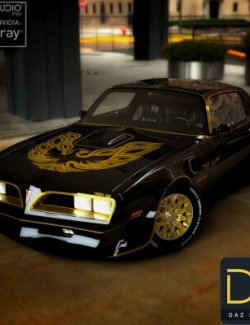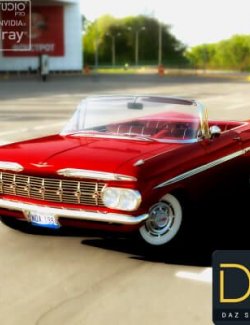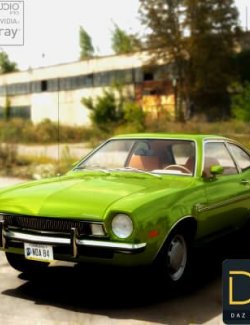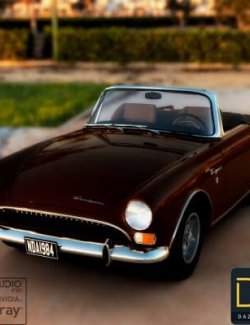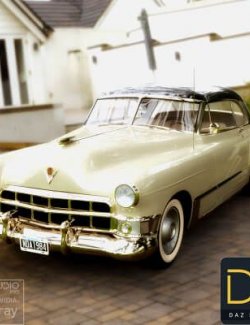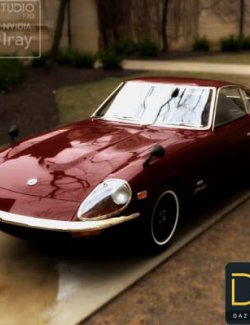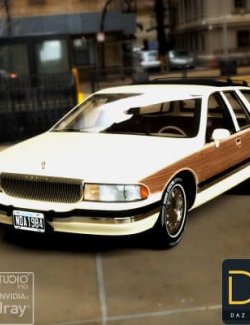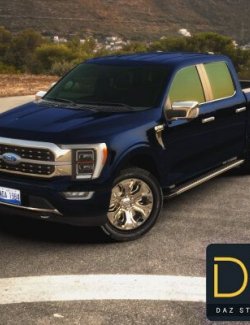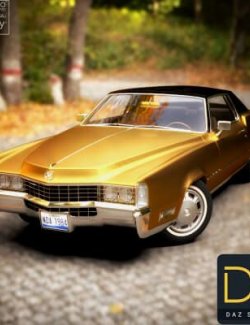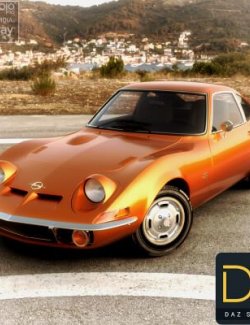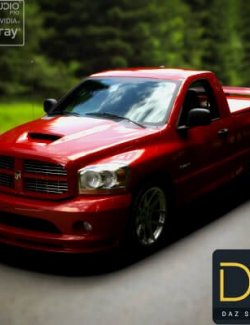The Chevy Camaro has become an iconic representation of sports cars over the years. The history of the Camaro provides an exciting story that shows how the ideas and creation of the vehicle have changed over time.
Our team at Allen Turner Chevrolet in Crestview, Florida, has put together this concise history of the Camaro so you can better understand the overall evolution of the vehicle and the components that allow it to hold its reputation.
The very first Camaro was designed by General Motors (GM) to create a vehicle that could compete with the sales, performance, and reputation of the Ford Mustang. GM s Corvair and Chevy II Nova had struggled to compete with the Mustang, which first appeared in August 1964 and was an enormous hit. The Camaro appeared in Chevy showrooms in the fall of 1966 and proved to be a comparable model to the sporty and popular Ford Mustang.
First Generation
The first generation of the Chevy Camaro hit the showrooms in 1966 as a 1967 model and lasted until 1969. This model came as a two-door convertible or coupe model featuring rear-wheel drive and multiple engine options. The most common engines featured a 230-cubic-inch engine with 140 horsepower and the much stronger 396-cubic-inch option with an output of 375 horsepower.
While the car only sold about half as well as the competing Mustang, the model showed a solid starting point and began to attract attention. One of the highlights of the first generation was the pace car, which led the Indianapolis 500 in 1967. The Camaro also hit the raceway to compete with other manufacturers and won three times in 1967 and 10 out of 13 times in 1968.
Second Generation
The second generation of the Camaro aimed to make further improvements and increase the sales and attention gained from the original models. This design followed the same basic mechanics and body structure as the original model and ran from 1970 to 1981. Minor changes were introduced over these years, and each model offered a different engine. The most powerful second-generation models came in 1970 with a 450-horsepower engine.
Other minor changes over the years included a front bumper system for safety and an automatic shifter in 1973, a forward-sloping grille and aluminum bumper added in 1974, and a catalytic converter added in 1975 models. In 1977, the newer Z28 model offered more power and achieved higher sales than the Mustang for the first time. In 1979, the Berlinetta became the luxury model and added to the selection. Other minor changes offered fewer notable advantages and redesigns until the emergence of the third generation.
Third Generation
In the third generation, Chevy made more changes to the Camaro to further expand options and improve the engineering and performance. Third-generation models appeared from 1982 to 1992, beginning with the introduction of the hatchback coupe model. This design featured the new rear coil springs, a MacPherson strut front suspension, and an aerodynamic body structure. The previous models returned in 1982 with transmission options limited to three-speed automatic and four-speed manual systems.
In 1982, the Chevy Camaro was named Motor Trend s official Car of the Year and cemented its status as a high-quality sports model. Minor changes followed for the remainder of the third generation with the addition of a five-speed manual and five-speed automatic in 1983, the move to a steel hood in 1984, and the added IROC-Z design package for the Z28 in 1985. Engine options continued to increase and improve for 1986 and the convertible body was reintroduced in 1987. Other changes offered minor design and electrical tweaks until the redesign for the fourth generation.
Fourth Generation
The fourth generation of the Camaro appeared in 1993 and continued through 2002. This generation reconfigured the original F-body design of the first models. It followed the iconic characteristics of earlier versions with improved style, sleek design, and options for all drivers.
In 1993, the Camaro came exclusively as a coupe, with the reappearance of the convertible in 1994 with improved suspension and a 3.4L V6 engine and standard five-speed manual transmission. In 1995, the Camaro included more options for V6 engines for additional power. Changes in 1998 gave a new body with a front clip and included a 5.7L V8 engine, improved suspension systems, and larger brakes.
For the rest of the fourth generation, changes were minor and primarily focused on exclusive trim packages, increased color options, and interior design remodels. This generation ended in 2002, 35 years after the original design, and brought about an eight-year hiatus for the famous vehicle as sales began to decrease.
Fifth Generation
When Chevy finally brought back the Camaro in 2010, the vehicle featured a full redesign that drew inspiration from the looks of the 1969 model but included the systems and technologies of modern engineering. The 2010 model was released due to increased demand after former models of the Camaro appeared in the 2007 movie Transformers. The 2010 model release featured a standard 3.6L V6 and the six-speed manual and automatic models featured a much more powerful 6.2L V8 engine.
A convertible Camaro was released in 2011 and other models, like the ZL1 and anniversary packages plus special trims surfaced in 2012. The fifth generation lasted until 2015 with models after 2012 showing small interior and exterior design enhancements but offering few notable changes to the car s engineering and reputation.
Sixth Generation
The sixth and most recent generation of the Camaro began with the 2016 model and featured the era of high-powered driving. The 2016 models came with a lighter body, higher fuel efficiency for the engine systems, and an interior redesign with ambient lighting and luxury interior materials. The three available engine options provided power ranging from 275 to 455 horsepower.
The sixth generation s version of the ZL1 also featured a lighter body structure and upgraded performance. In 2019, the Camaro underwent an exterior rebranding with a new grille, front and rear fascia, LED lights, and an updated front-end design. The 2020 and 2021 lineups offered few changes but offered all trim levels and a new LT1 trim for even higher luxury and sportiness.
The Chevy Camaro has developed to keep up with the times, but the car s history shows the story of consistent quality and thoughtful redesigns. At Allen Turner Chevrolet, you can contact us or visit us in person in Crestview, Florida to ask our friendly team of representatives about the Camaro or any other vehicle from our wide inventory of used and new cars.
The name Z/28 will be forever linked with the Chevrolet Camaro. In reality, it was a simple three digit, alphanumeric GM sales code for a "Special Performance Package" that was introduced in December 1966.
GM wanted to challenge the Mustang on all fronts and compete with it in the Trans Am series recently created by the Sports Car Club of America (SCCA).
The SCCA had rules, and no GM engine was available that fit into that category. They were either too big, (over 305 cubic inches) or too under powered (6-cylinders) to compete.
Chevrolet wanted to offer consumers a street legal race ready performance car and to do this they just took note of what a lot of street racers were already doing. The beauty of early GM engines was the ability to swap parts to enhance their power, and Chevrolet engineer Vince Piggins did just that. He used a 327 cubic inch block and installed a crankshaft from a 283 making a "stroker" engine with a 4-inch cylinder bore that gave the new engine a cubic inch displacement of 302.4 cubic inches which slid in under the SCCA's rule of no engines over 305 cubic
System Requirements:
PC / MAC 0SX
DAZ
This pack for Daz Studio contains a Chevrolet Camaro 1979 with lights and textures included.
Let your imagination run wild and create wonderful scenarios with this stuff.
Have Fun!!
Mesh data
vertices: 149.988
tri ngulos: 174.677

